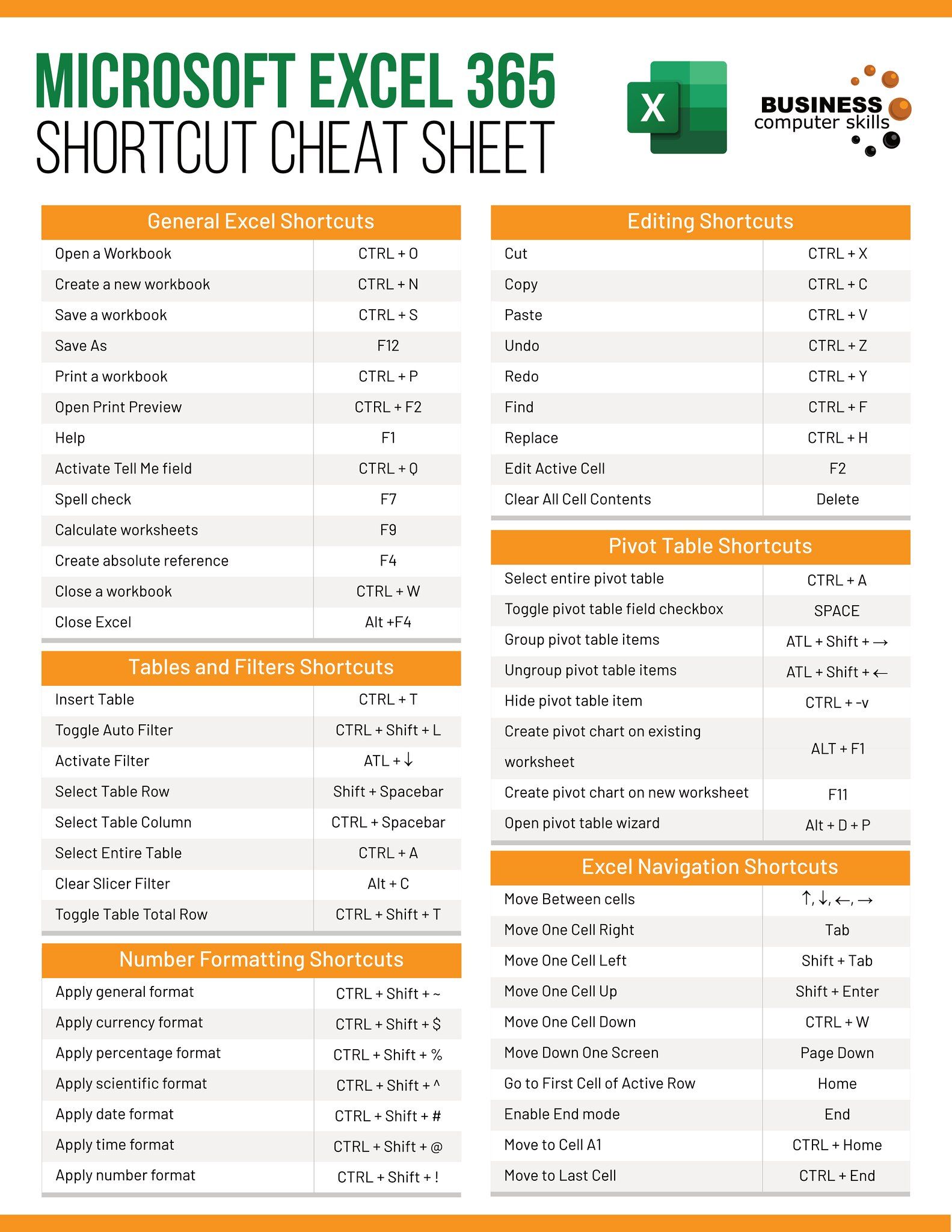5 Essential Tips for eBay Authentication Paperwork

Ensuring that your eBay transactions run smoothly often comes down to mastering the art of authentication paperwork. This crucial process helps verify the legitimacy and value of items, protecting both buyers and sellers from potential fraud or misunderstandings. Here are five essential tips for navigating eBay authentication paperwork to streamline your selling or buying experience.
Tip #1: Understand the Importance of Authenticity Documentation

Before diving into the specifics of authentication, it’s vital to understand why it’s so important. Authenticity documentation serves as proof of an item’s legitimacy, ensuring that what is being sold or bought is indeed what it claims to be. For sellers, this:
- Builds trust with potential buyers
- Reduces the risk of returns or disputes
- Can often increase the resale value of the item
For buyers, authenticating an item means:
- Receiving the genuine product as described
- A safeguard against scams or counterfeit goods
- Peace of mind in the purchase
Here’s a simple example of how authentication can make a difference:
| Item | Without Authentication | With Authentication |
|---|---|---|
| Designer Watch | May be returned, buyer distrust | Increased buyer confidence, higher sale price |

📝 Note: Always ensure you are familiar with the specific authentication requirements for your item category on eBay.
Tip #2: Gather Proper Documentation

Collecting the right documents is the key to successful authentication on eBay. Here are the documents you might need:
- Receipts or Original Sales Invoice: Proof of purchase from an authorized retailer
- Certificates of Authenticity: Issued by manufacturers or authorized resellers
- Appraisal Reports: Detailed reports from professionals on the item’s value
- Ownership History: For items like art, watches, or jewelry, knowing the chain of custody can be crucial
- Serial Numbers and Photos: High-quality images of serial numbers or unique identifiers help verify legitimacy
📝 Note: Always check the eBay guidelines for your specific item type to ensure you have the necessary documentation.
Tip #3: Invest in Professional Authentication Services

When in doubt, consider engaging professional authenticators. Here’s why:
- Expertise: These services specialize in verifying the authenticity of a wide range of products.
- Certification: Upon successful authentication, you receive a certificate that can be shared with potential buyers.
- Peace of Mind: Professional services reduce the risk of counterfeiting.
- Added Value: An authenticated certificate increases the perceived value of your item.
Here’s a list of some reputable authentication services you might consider:
- Authentic Collectibles
- PSA/DNA Certification Services
- Gemological Institute of America (GIA) for jewelry
- Professional Sports Authenticator (PSA) for collectibles
📝 Note: Professional authentication can be costly, but it’s often worth the investment for high-value items or to establish your credibility as a seller.
Tip #4: Utilize eBay’s Authentication Guarantee Programs

eBay has introduced authentication programs for specific categories to combat fakes and enhance buyer confidence. Here’s what you should know:
- eBay Authenticate: This service is available for items like watches and handbags, where a qualified third-party expert authenticates the item before it’s shipped.
- Authenticity Guarantee: Covers fashion items, sneakers, and jewelry, ensuring buyers receive genuine products.
By utilizing these services, you:
- Automatically provide proof of authenticity for your listings
- Gain access to a broader market, as buyers trust listings with these programs
📝 Note: Listings with eBay’s authentication programs usually fetch higher sale prices and attract serious buyers.
Tip #5: Keep Records and Communicate Clearly

Maintaining meticulous records is crucial when dealing with eBay authentication:
- Keep all documentation in a file or digitally: Ensure you have easy access to certificates, receipts, and photos.
- Clearly communicate the authentication process: Include details in your listing and respond promptly to buyer inquiries about authenticity.
- Make note of any unique identifiers: Such as serial numbers, holograms, or any specific authentication marks.
By being thorough in your record-keeping:
- You provide buyers with all the necessary information to feel confident in their purchase.
- Resolve potential disputes or returns swiftly.
📝 Note: Having all records readily available can expedite the selling process and enhance customer satisfaction.
In wrapping up, mastering eBay authentication paperwork is a vital part of creating a trustworthy selling or buying experience. By following these five tips - understanding the importance of authenticity, gathering proper documentation, using professional authentication services, participating in eBay's authentication programs, and keeping detailed records - you position yourself to sell or buy items confidently, with the peace of mind that comes from legitimate transactions. The clarity and confidence that come from providing clear evidence of an item's authenticity benefit both parties, ensuring a smooth transaction process. Whether you're a seasoned seller or a new buyer, these tips will guide you toward success in the eBay marketplace.
Why is authentication important on eBay?

+
Authentication verifies the legitimacy of an item, reducing the risk of fraud and enhancing trust between buyers and sellers.
What documents do I need for authentication?

+
Documents can include receipts, certificates of authenticity, appraisal reports, ownership history, and photos with serial numbers.
What if I can’t afford professional authentication?

+
If professional authentication is not within your budget, ensure you have as much documentation as possible and consider eBay’s authentication programs for additional buyer confidence.



